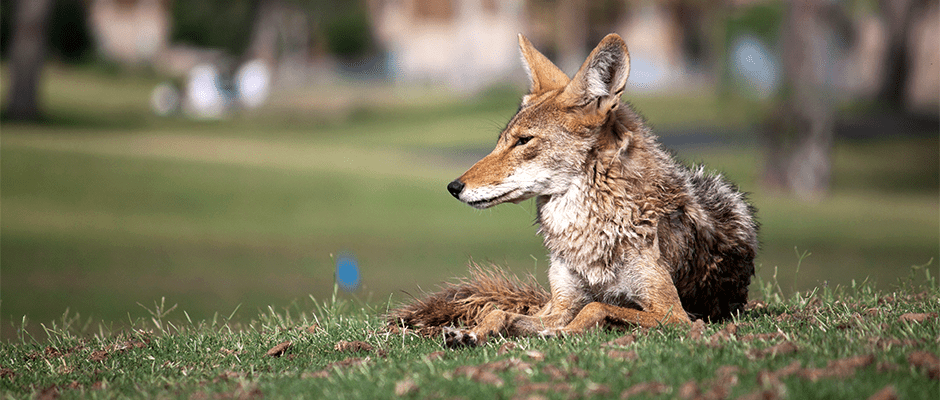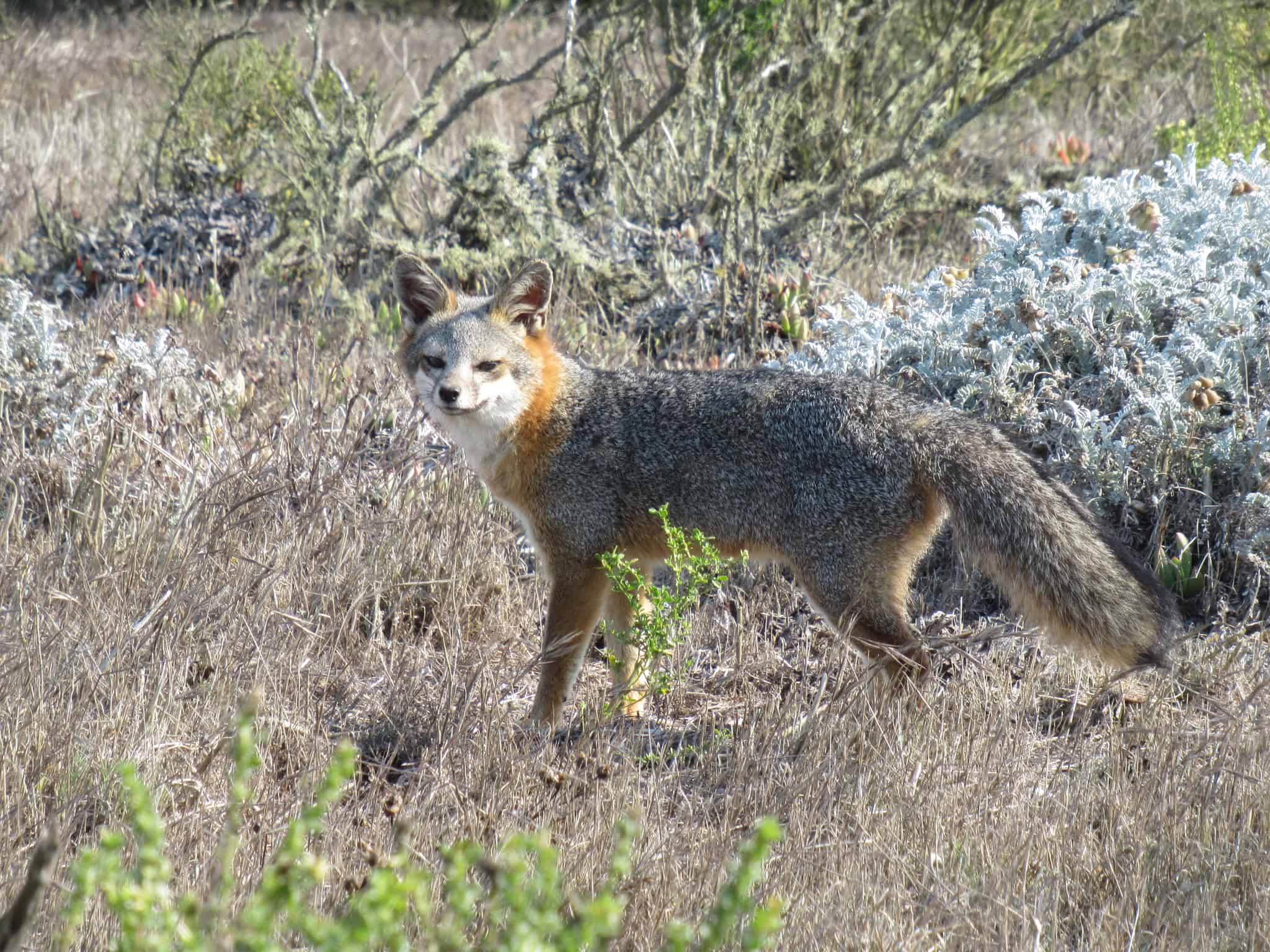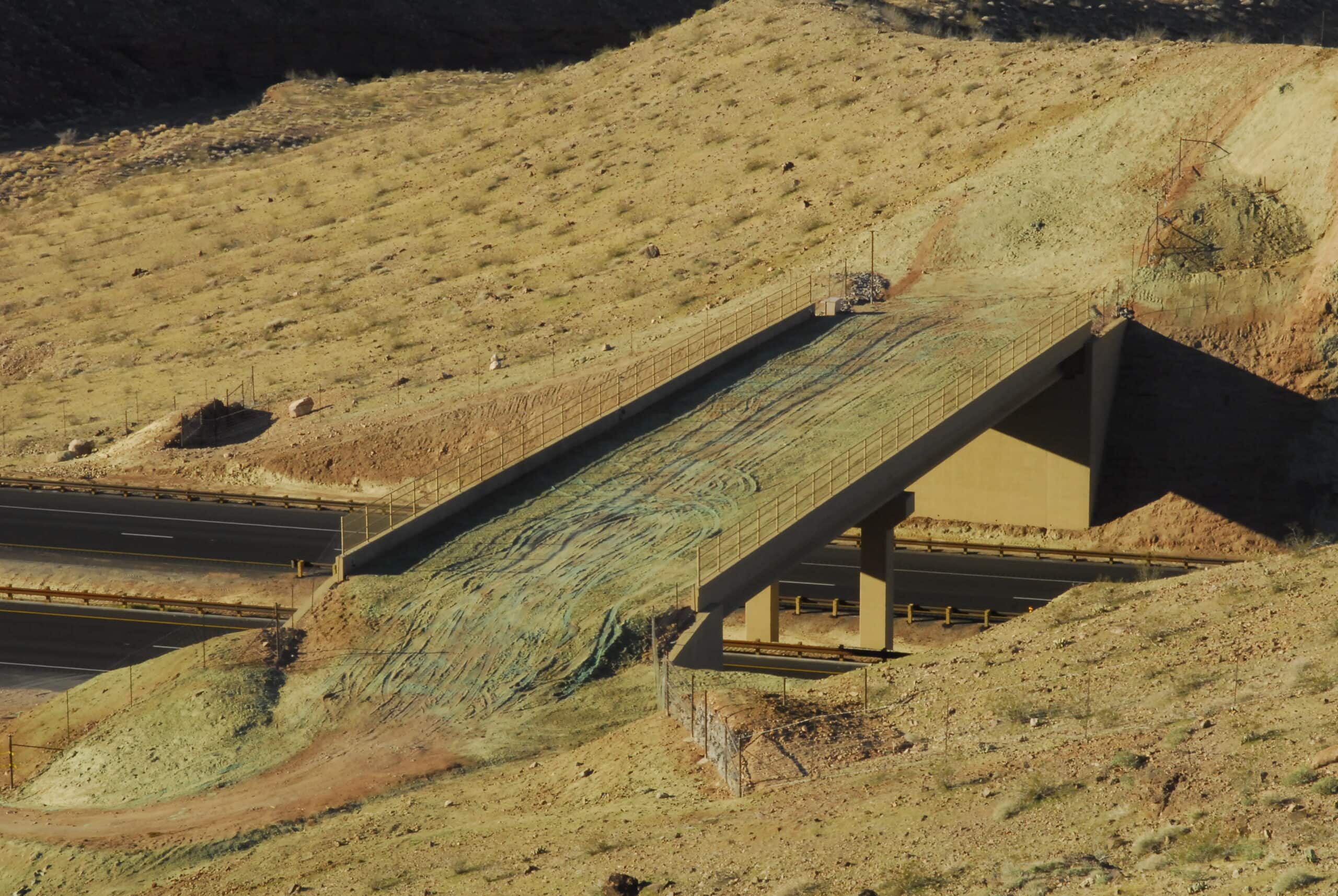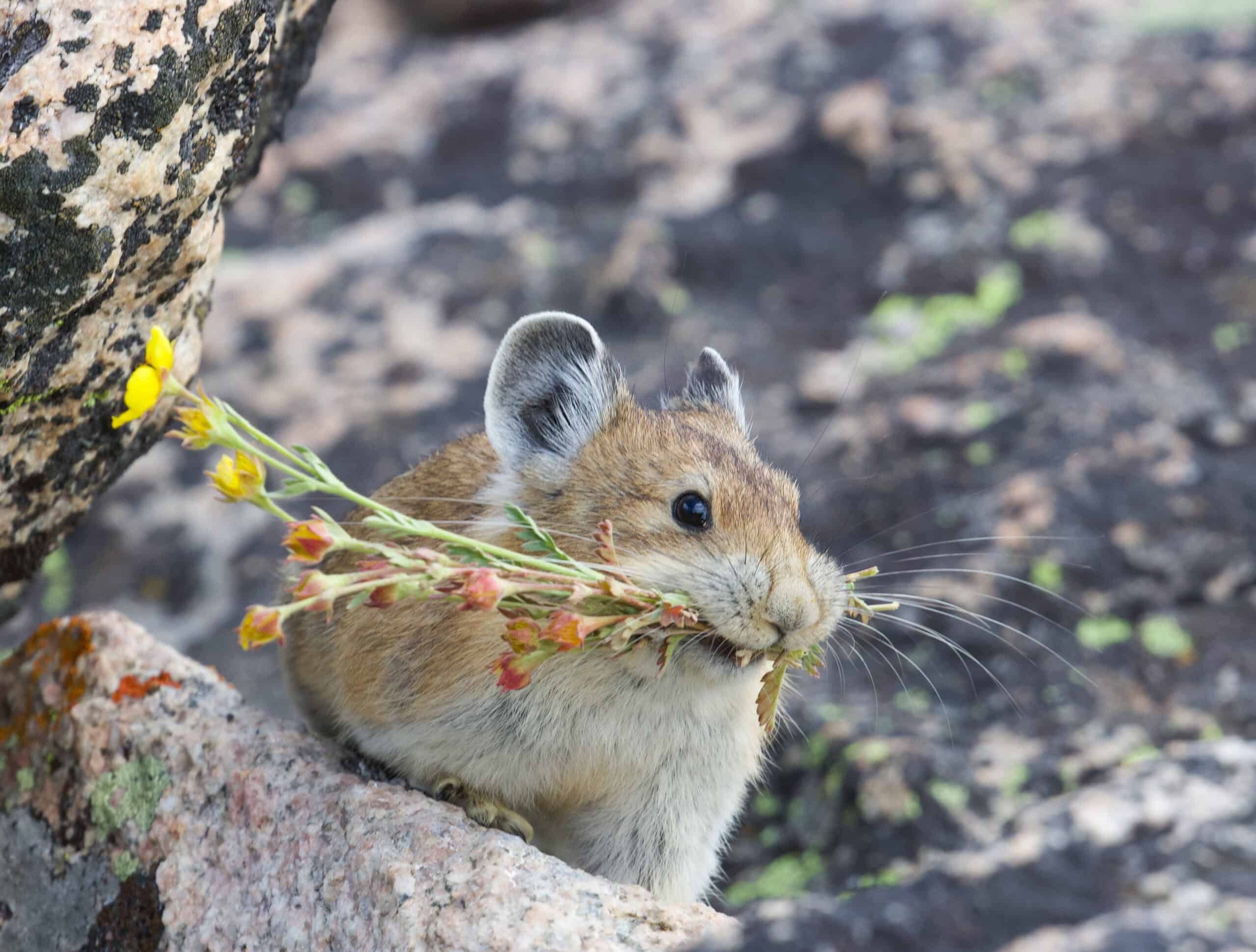Share this article
To chart coyotes’ expansion, study looks back 10,000 years
The most popular coyote (Canis latrans) range maps that have made their way across the internet — and even into publications such as Nature and National Geographic — are not the most accurate, according to researchers.
As a result, a research team decided to use museum specimens dating back to the Pleistocene to develop a full range history of the expansion of coyotes.
They knew that coyotes have expanded across North America and into Central America since the 1900s, when most other mammal species were declining, but they wanted to get a bigger picture.
“We used museum archives database for regular mammal collections and archaeology and paleontology to look back as far as we can go,” said TWS member Roland Kays, a scientist at the North Carolina Museum of Natural Sciences and the second author on the study published in ZooKeys. “The general pattern, was anywhere the forest wasn’t, there were coyotes. Where there was forest, the coyotes weren’t there.”
Using information from their collections including fossils dating back to the Pleistocene and mammal collections from the 1800s, the researchers broke everything up by decades and plotted out a detailed expansion of the coyotes. They also reviewed state agency game records that documented coyotes’ arrival into the state. Overall, they reviewed over 12,500 records covering the past 10,000 years.
After reviewing the data, Kays and his colleague found the coyotes began their expansion across North America in 1910. Their fossil examination also helped them find that coyotes historically occupied larger areas of North America than previously suggested. For example, their results showed that in the Southwest and California, coyotes were historically present, which hadn’t been noted in some previous maps.
Kays said the expansion is likely related to more agriculture, forest fragmentation and hybridization with other species such as wolves and dogs. Fragmentation, Kays said, opens up areas that coyotes prefer as habitat, and the loss of predators such as jaguars and wolves likely helped them expand. Kays thinks coyotes may like nonforested habitat so that they can avoid wolves and other predators more easily.
So far, coyotes have covered most of the continent from Alaska to Panama and California to Maine. “They haven’t been established on Long Island,” Kays said. “That’s the only sizable chunk of land they haven’t hit yet.”
Kays said they are even approaching South America, which is something he plans to look out for.
By looking at the history of coyotes, he said, researchers can understand their future. “Museum specimens are like time machines,” Kay said. “They let you travel back and see what animals were like at a given time and place. “It’s absolutely critical to ask all these questions, like where they were originally and how they change over time.”
Watch this video to learn more about coyote expansion and check out some camera trap photos.
Header Image: A coyote relaxes in an urban park in Arizona. Coyotes have been expanding their range since the early 1900s. ©Dru Bloomfield








